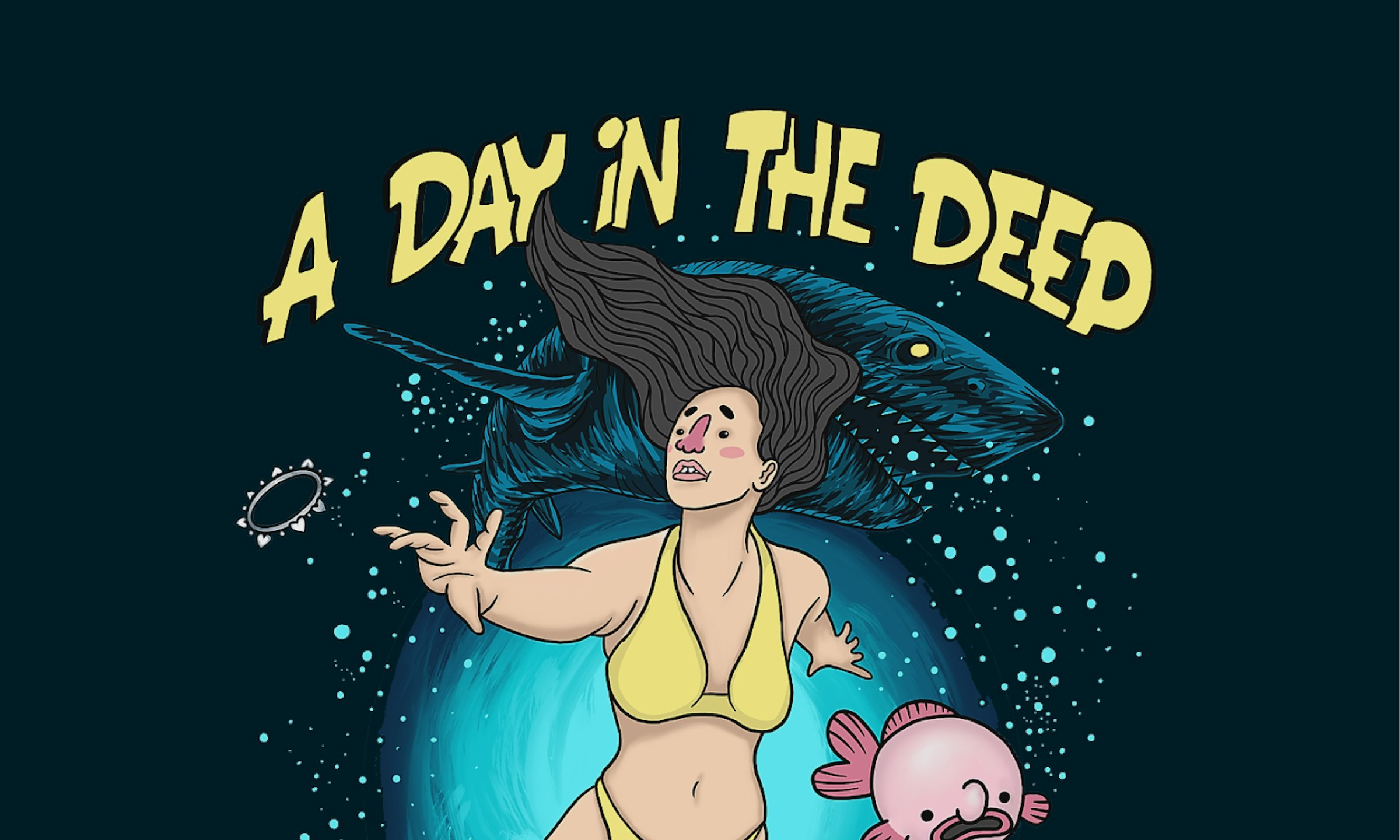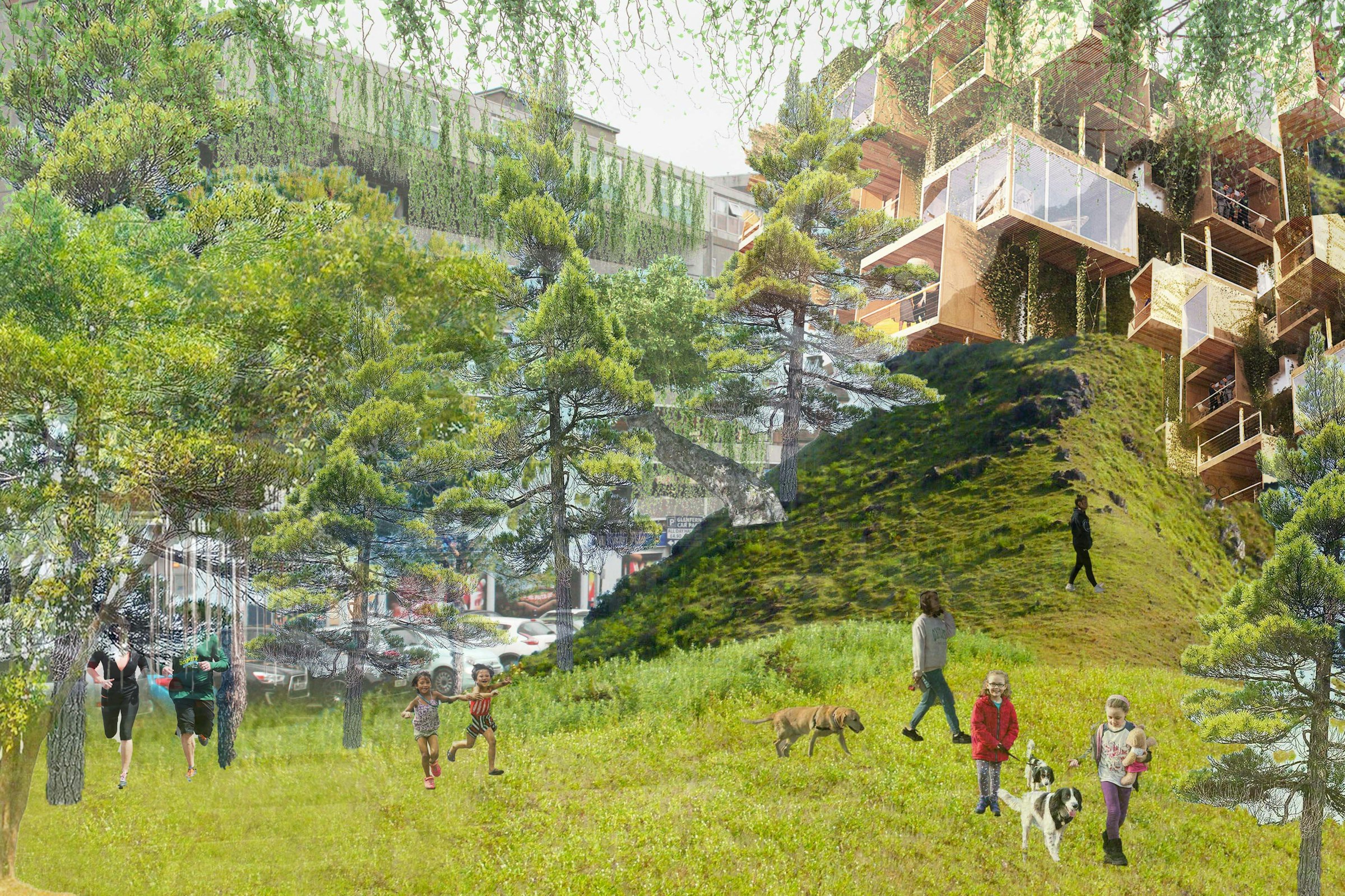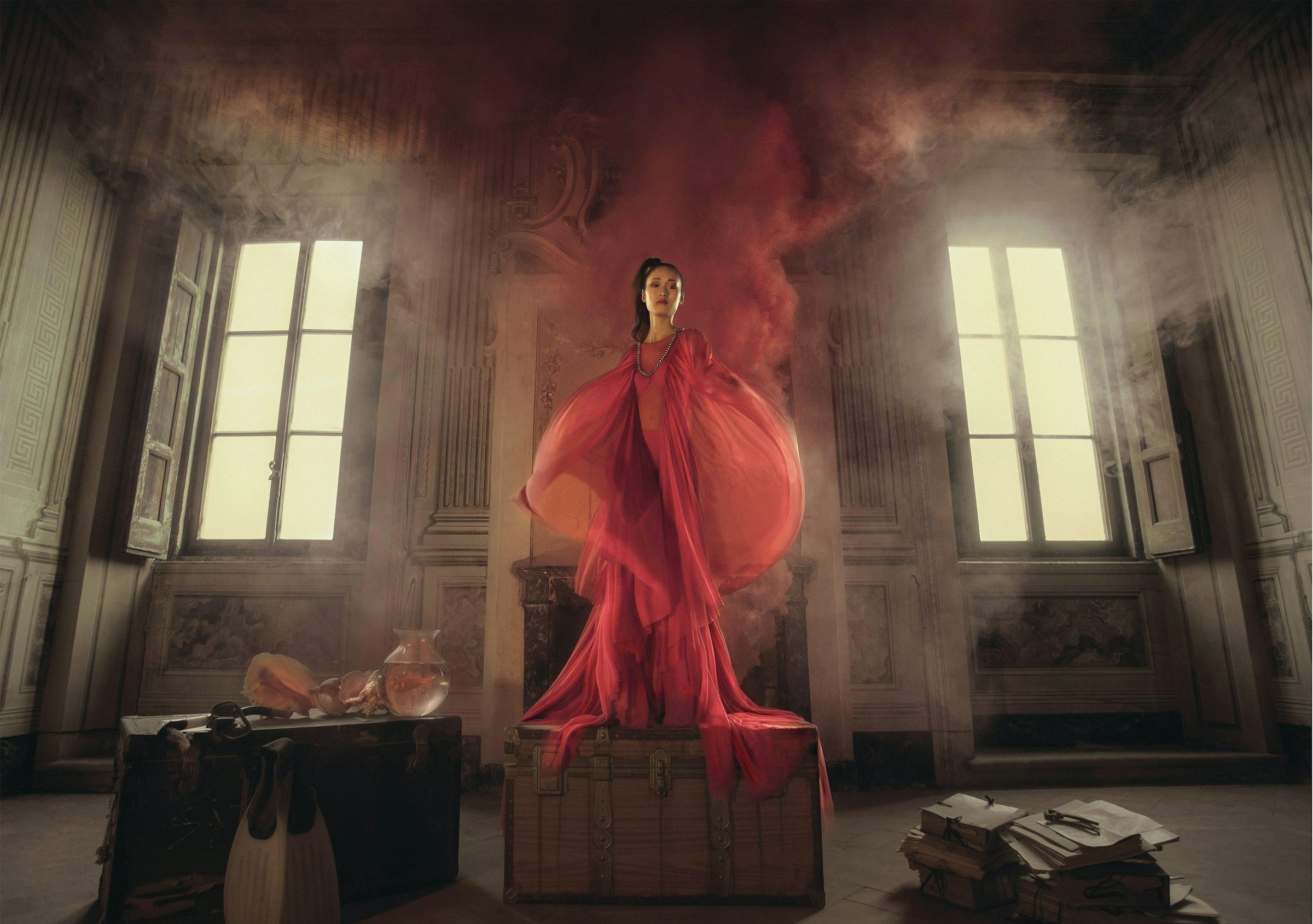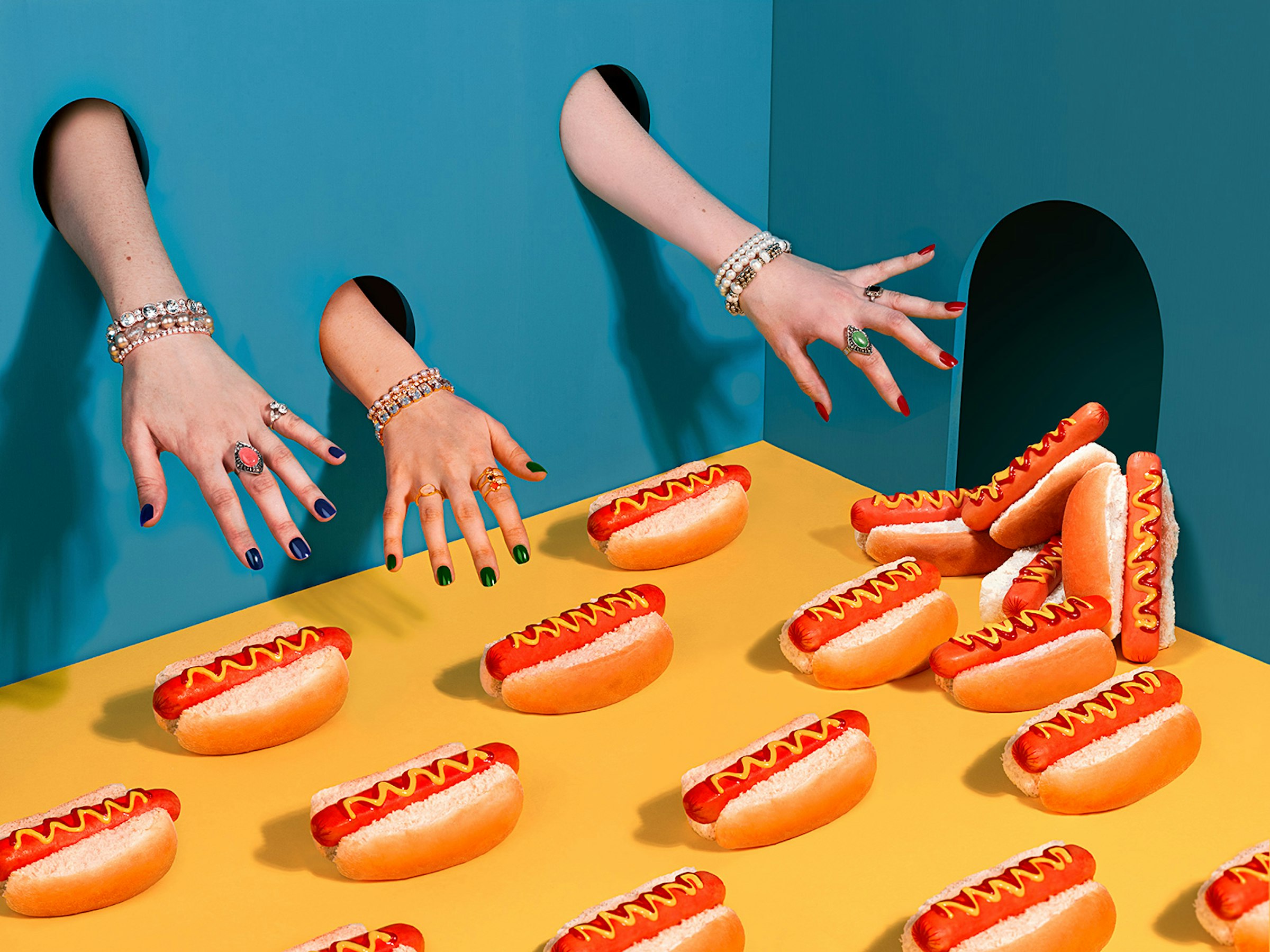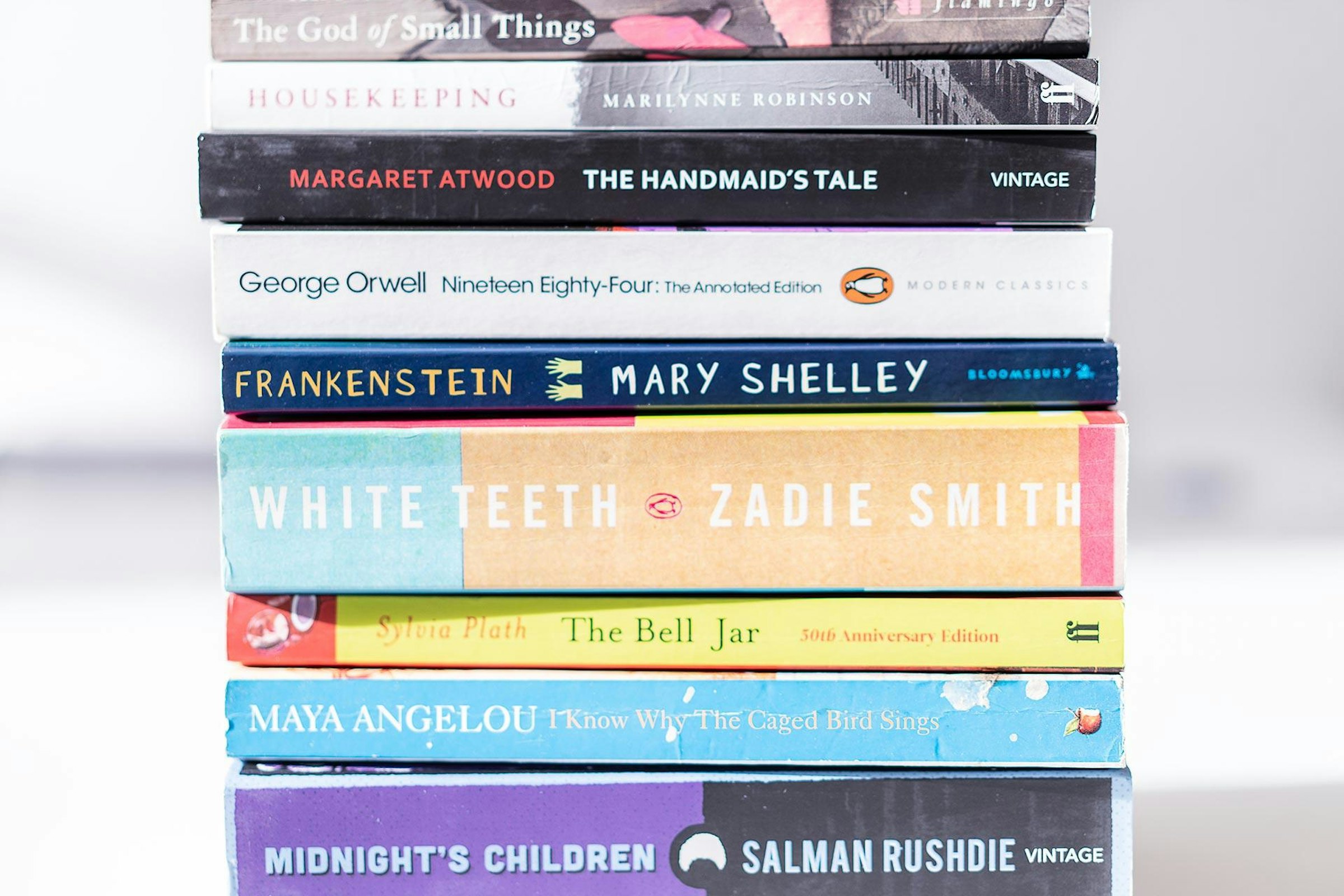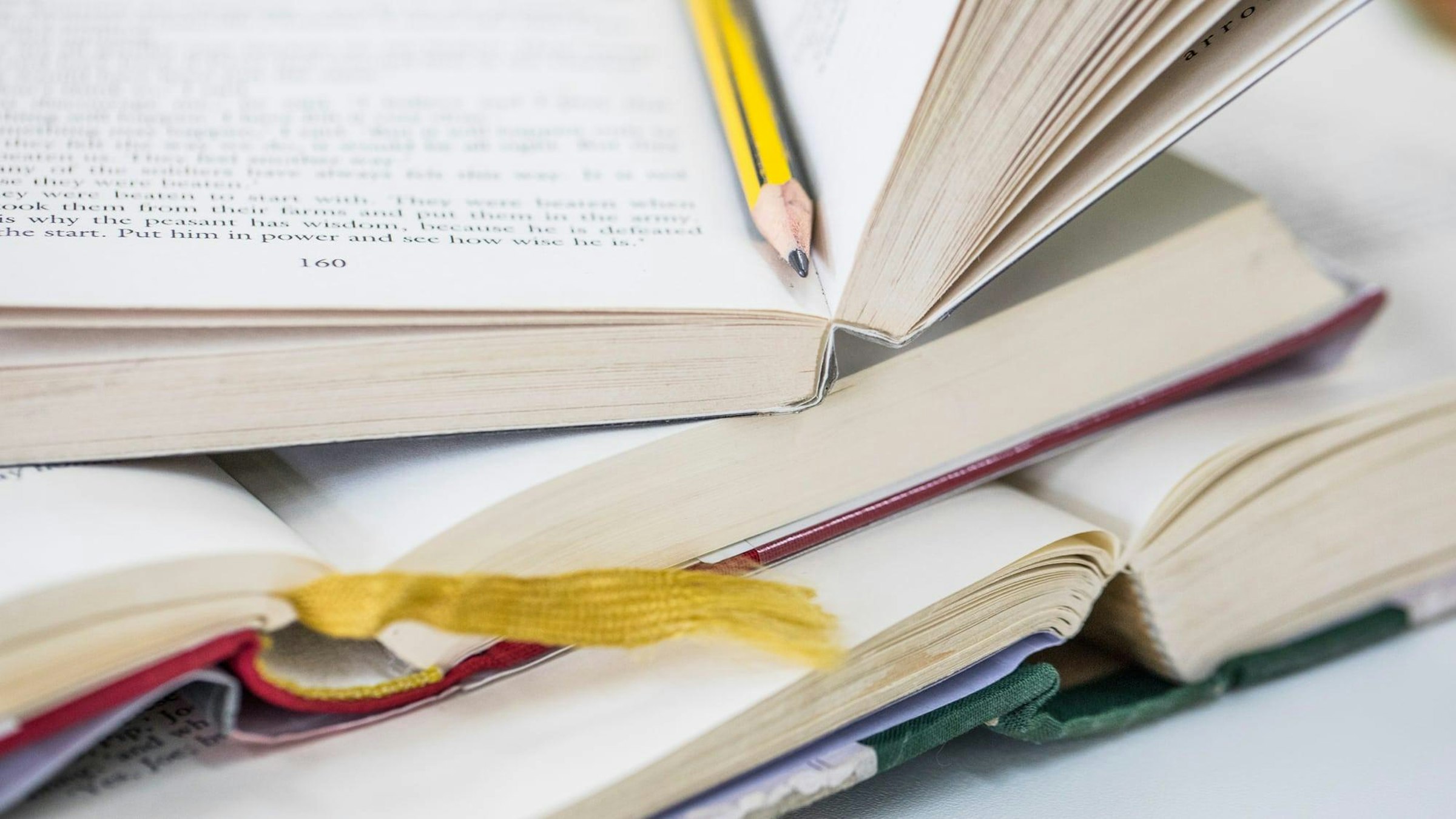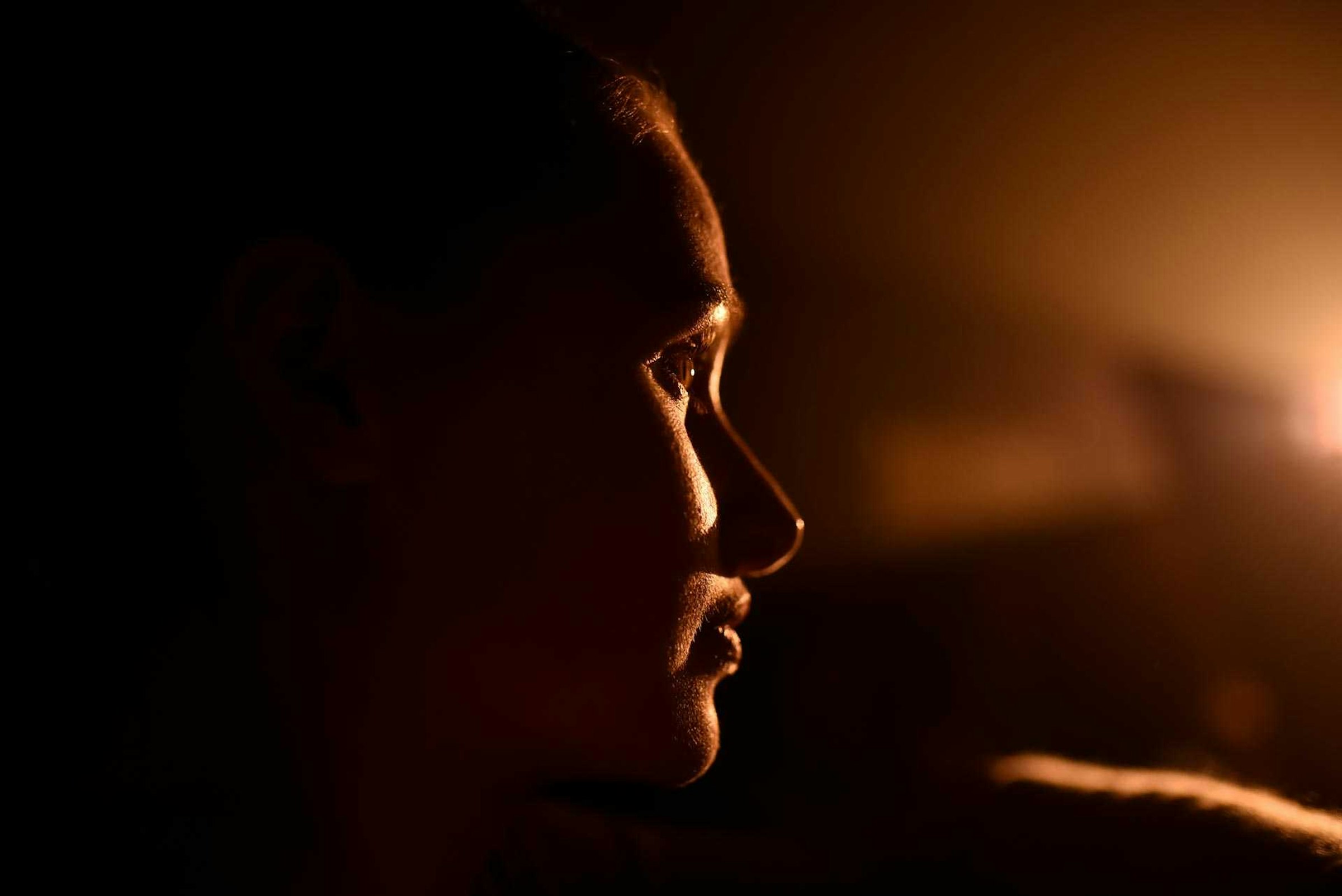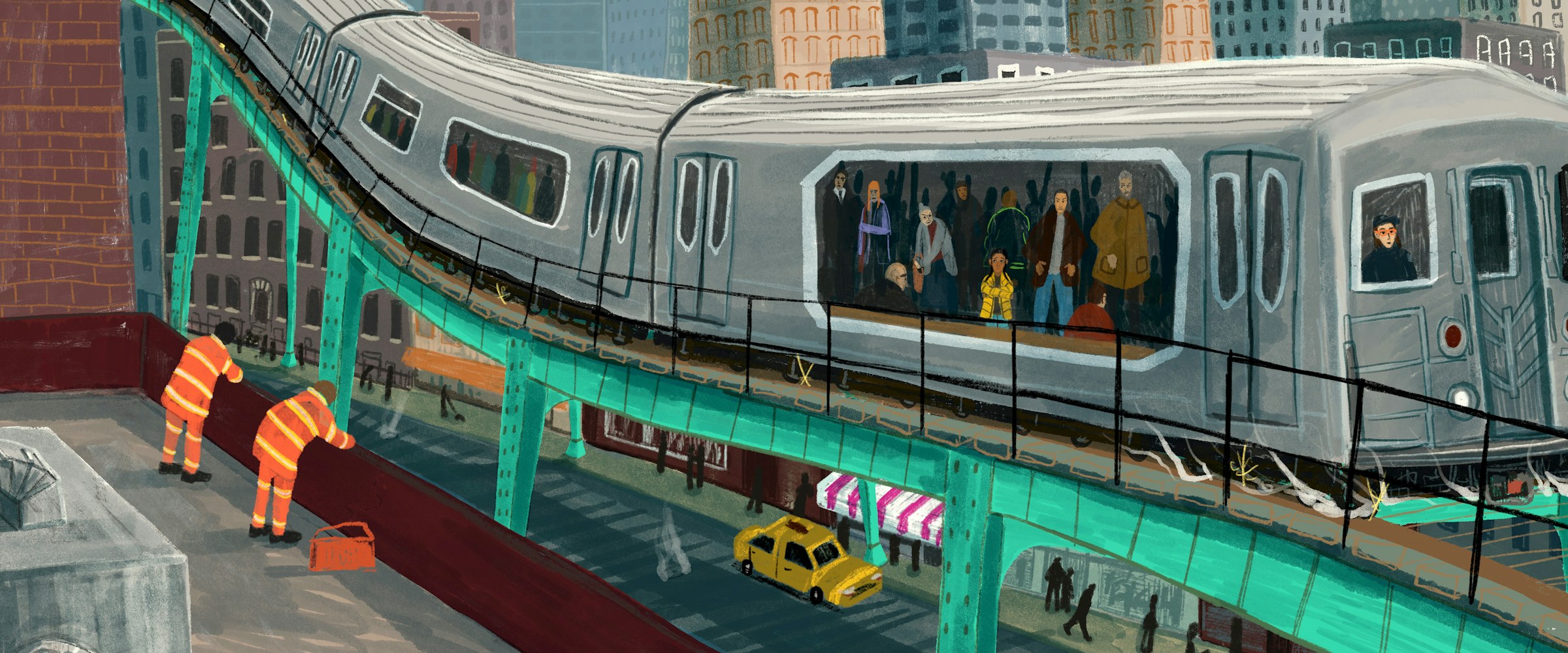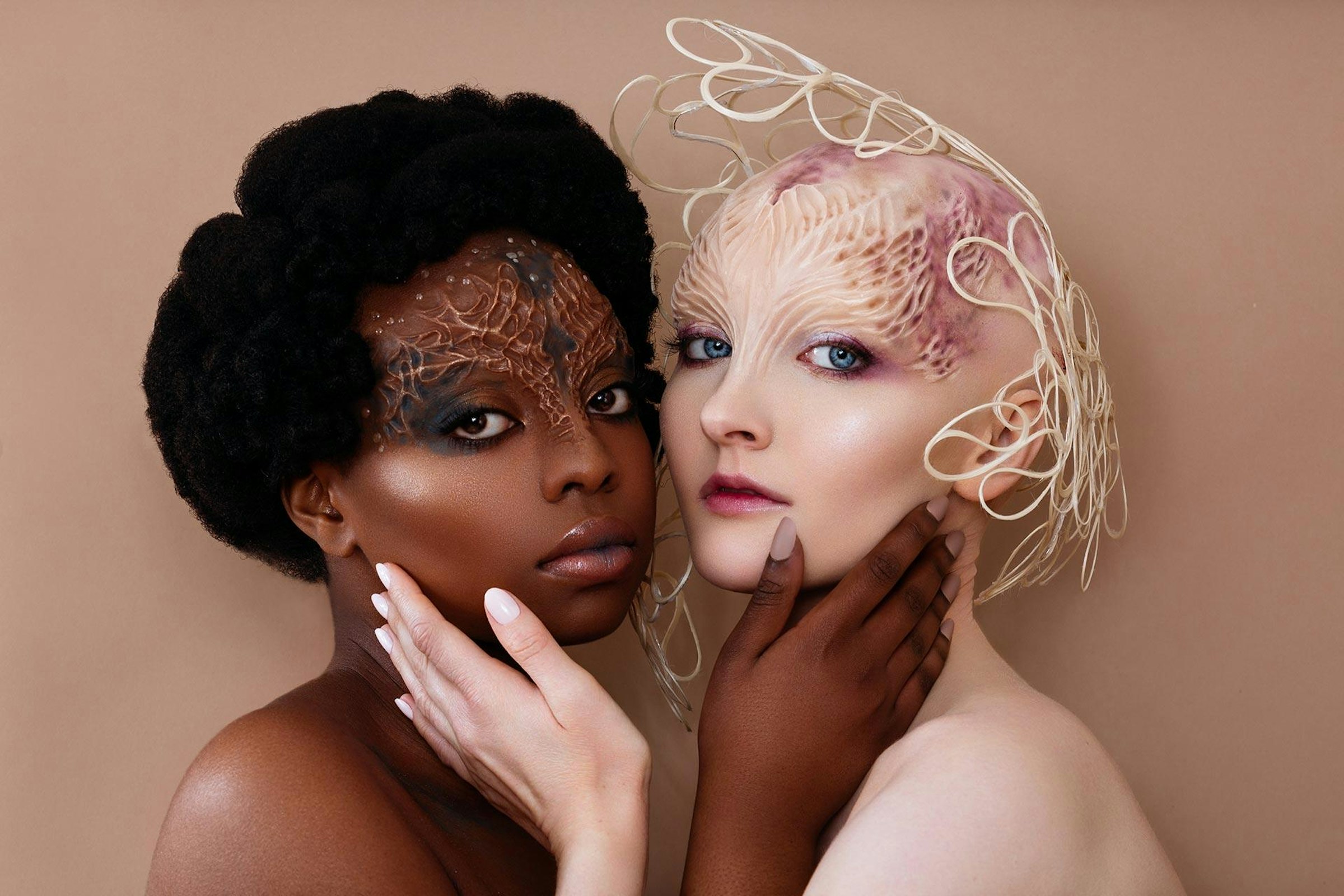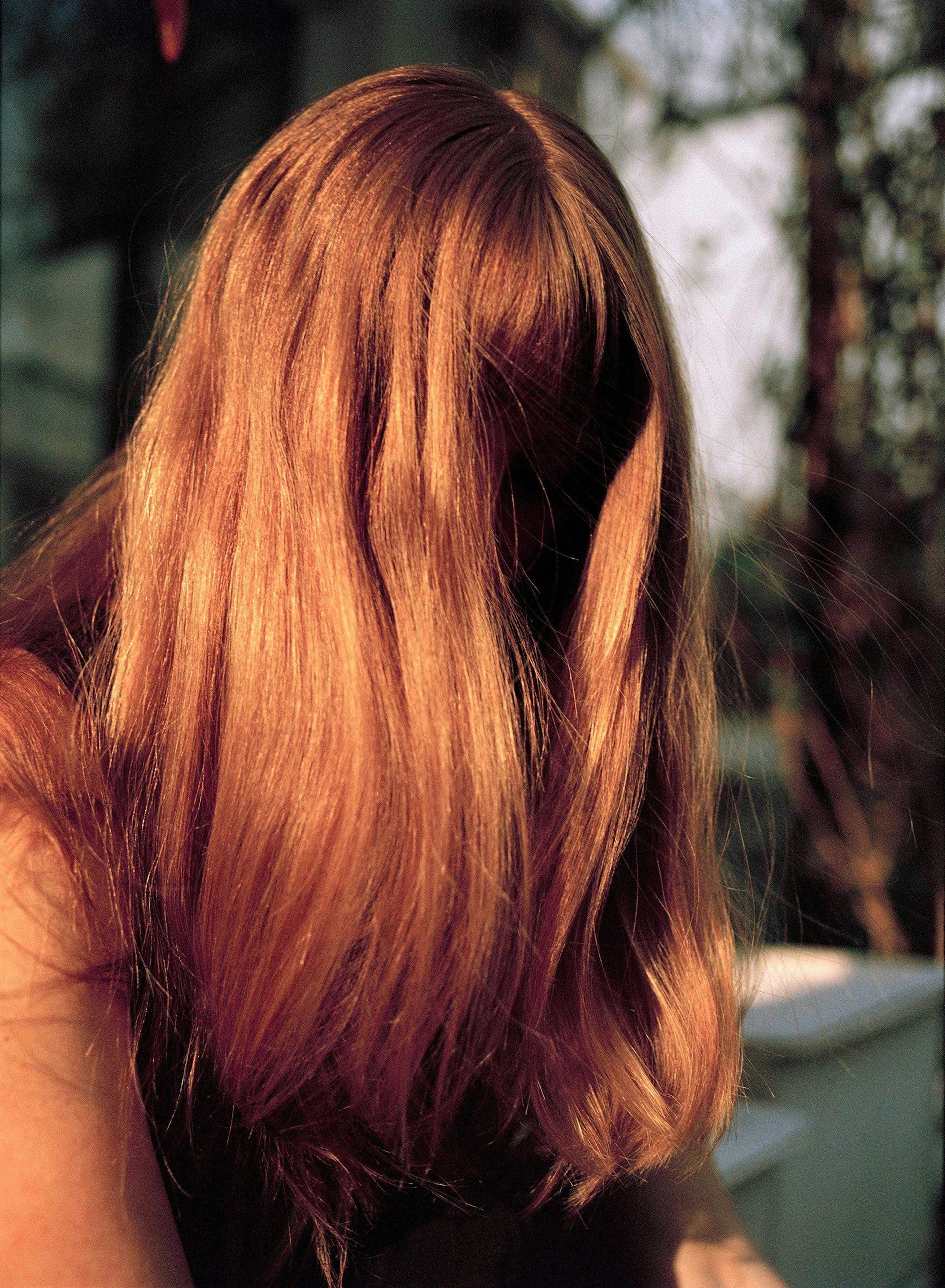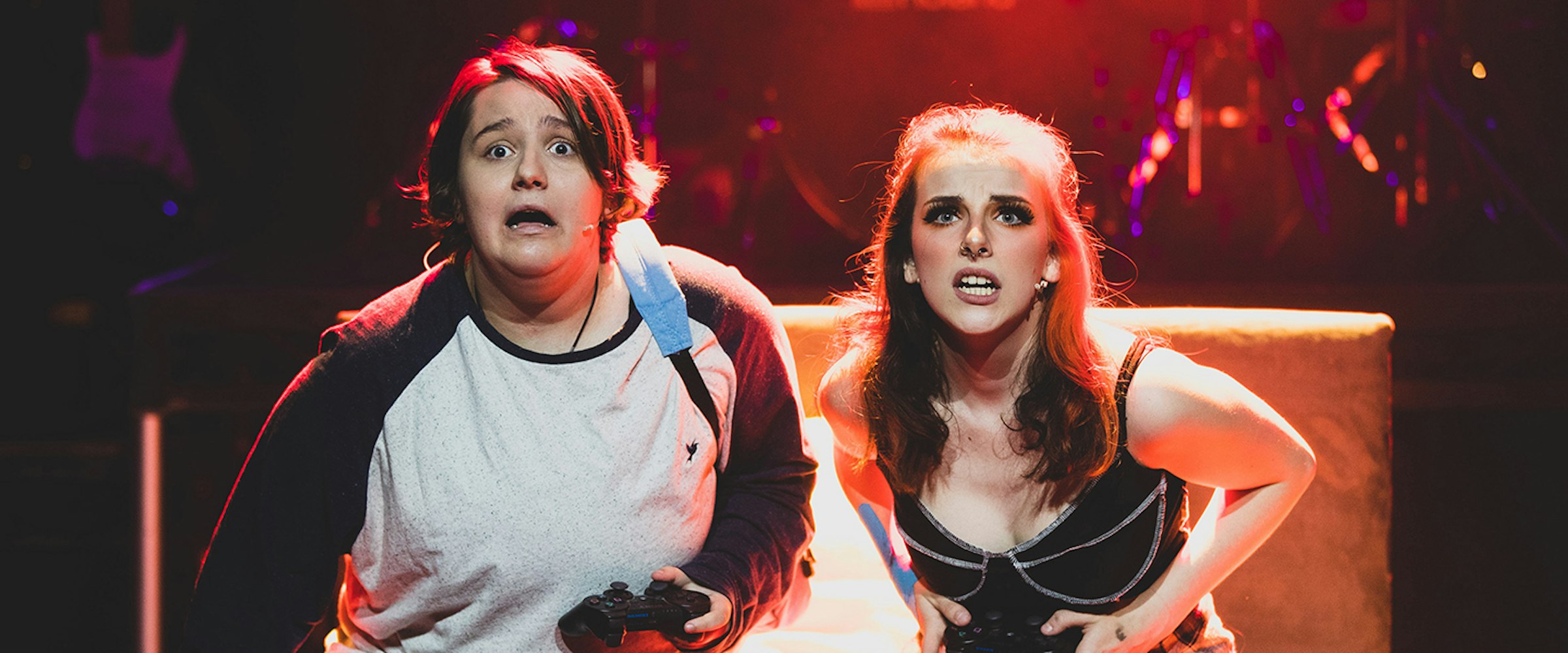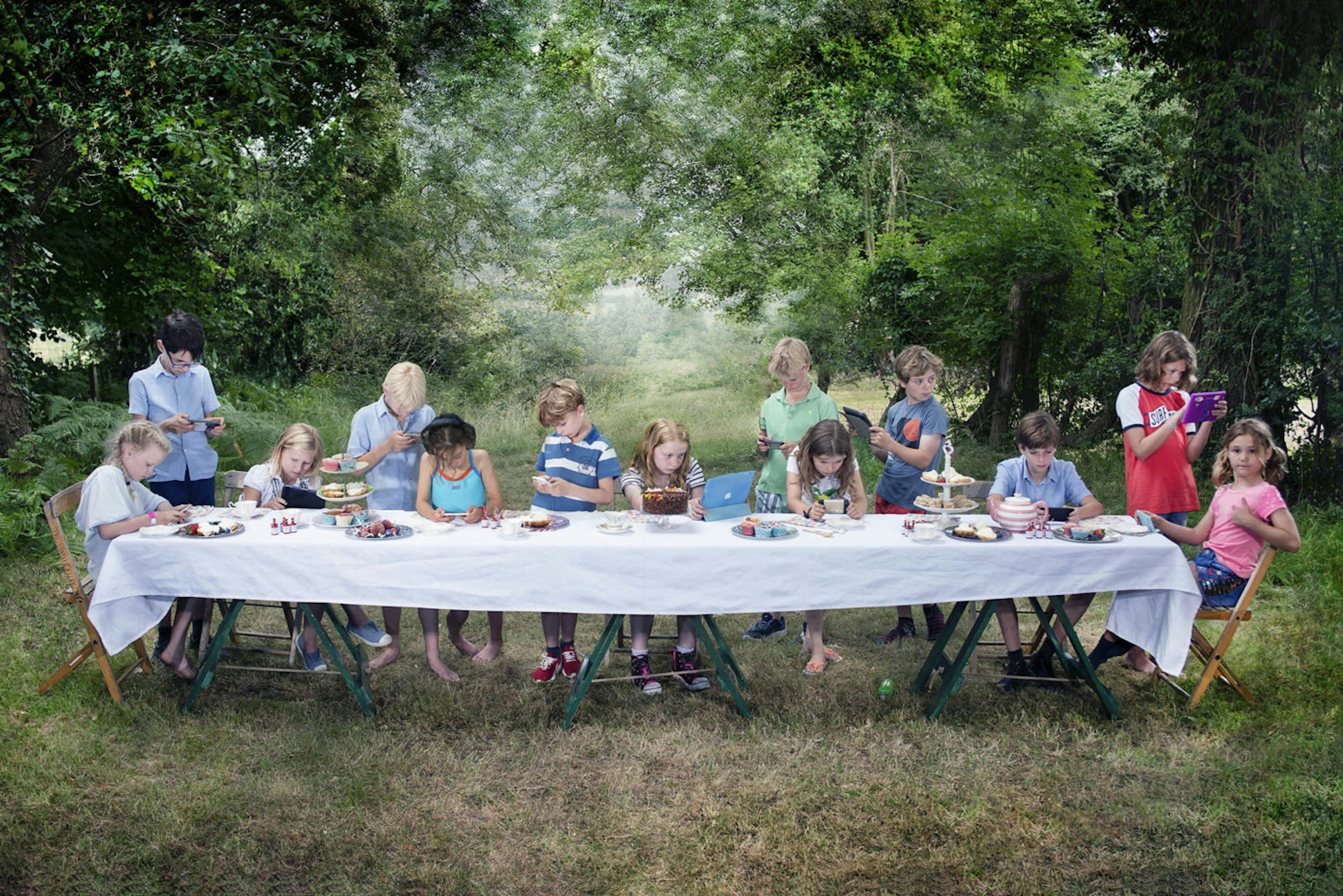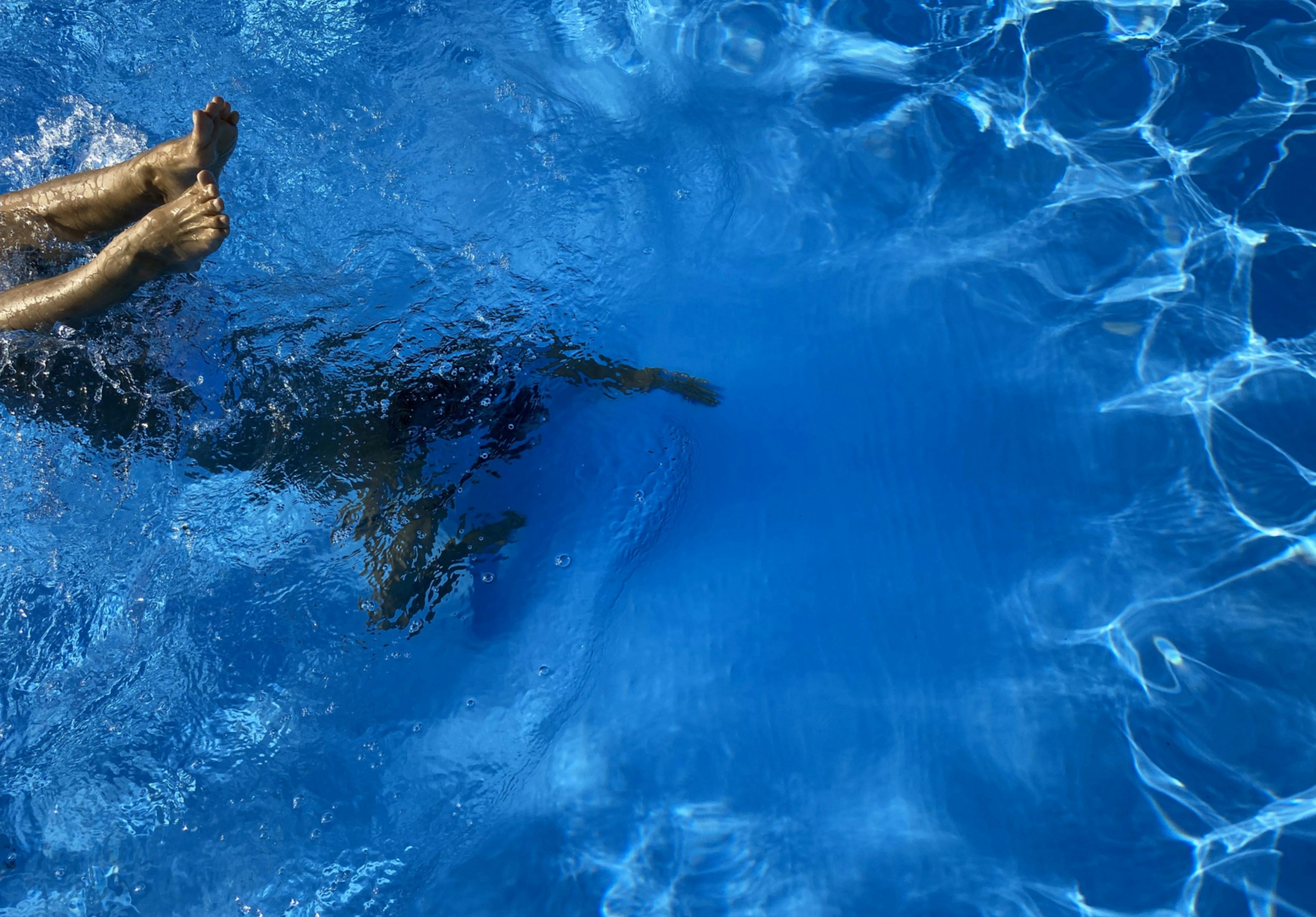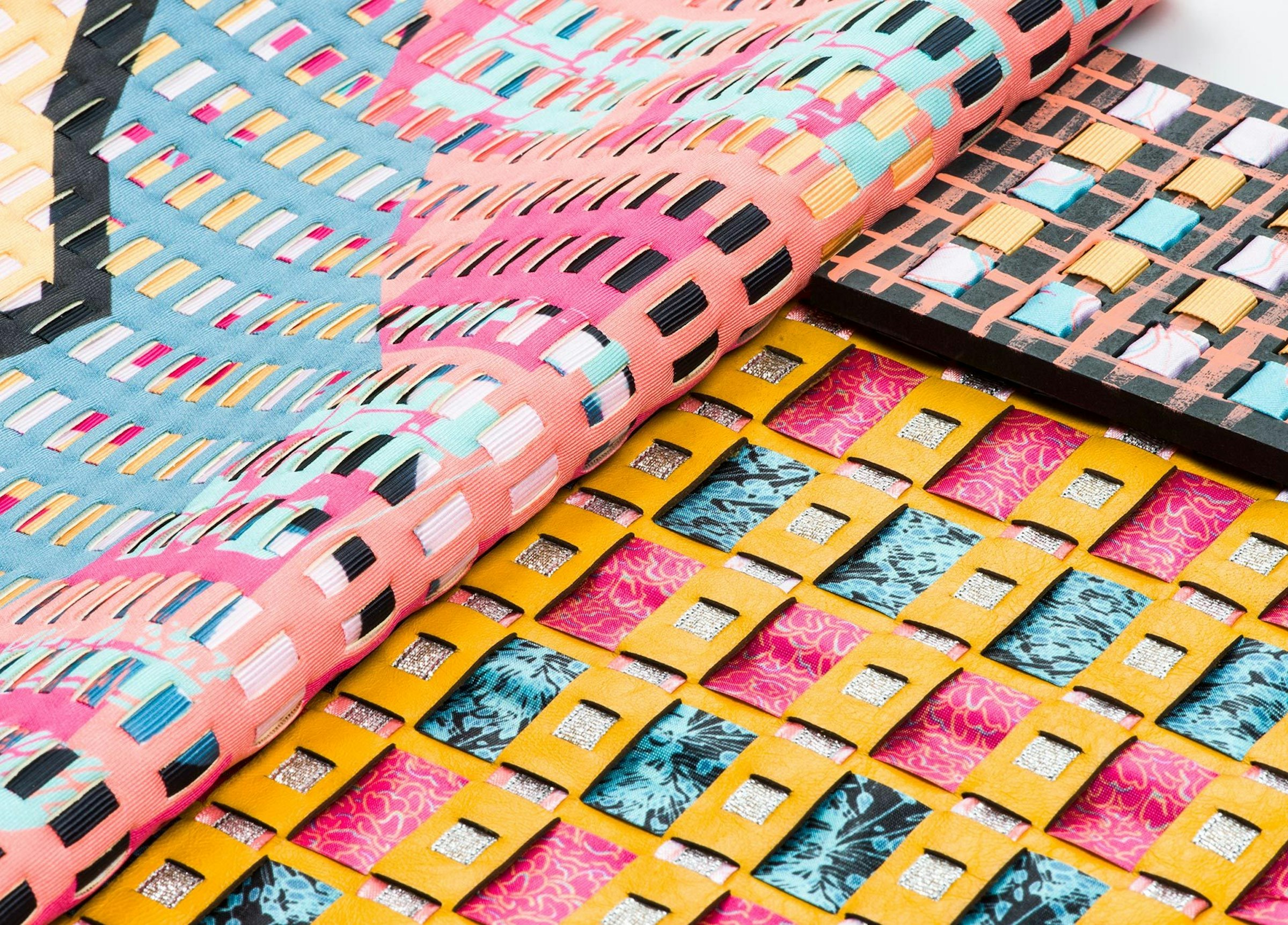You are using an outdated browser. Most of this website should still work, but after upgrading your browser it will look and perform better.
- Home
- Undergraduate Courses
- BA (Hons) Fashion
BA (Hons) Fashion
- Duration: 3–5 years full-time
- Placement year: Optional 1 year
- Course code: W230 (UCAS)
- Institution code: A66 (UCAS)

Overview
BA (Hons) Fashion merges traditional skills and craftsmanship with contemporary, cutting-edge technology and ethical practice. You'll interrogate the current industry while creating innovative, sustainable and bold garments of your own.

Join an award-winning fashion course.
BA (Hons) Fashion are award-winners in fashion innovation. The AUB Fashion community supports experimentation, exploration and the application of traditional and contemporary techniques and methods, to inform creative solutions for a more considered fashion future.

Explore and experiment towards a more considered fashion future.
From concept to realisation, you'll experiment, interrogate, and develop design practices appropriate to their individual design philosophy. You'll creatively discover design practice, cutting-edge digital fashion technology, craftsmanship, product development and presentation. You'll also explore connections between concepts of dress, fashion, and the body as a site for artistic expression.
Watch our course videos
Find out from student Jason about what it’s like to study BA (Hons) Fashion at AUB. Also, catch a snippet of some of our 2025 graduating students' work on the runway at Graduate Fashion Week.
This content can't be displayed, please accept marketing, statistics cookies to view
Accept to viewThis content can't be displayed, please accept marketing, statistics cookies to view
Accept to viewCourse gallery
Want to be inspired? Discover some of the work and creations of our BA (Hons) Fashion students and alumni.
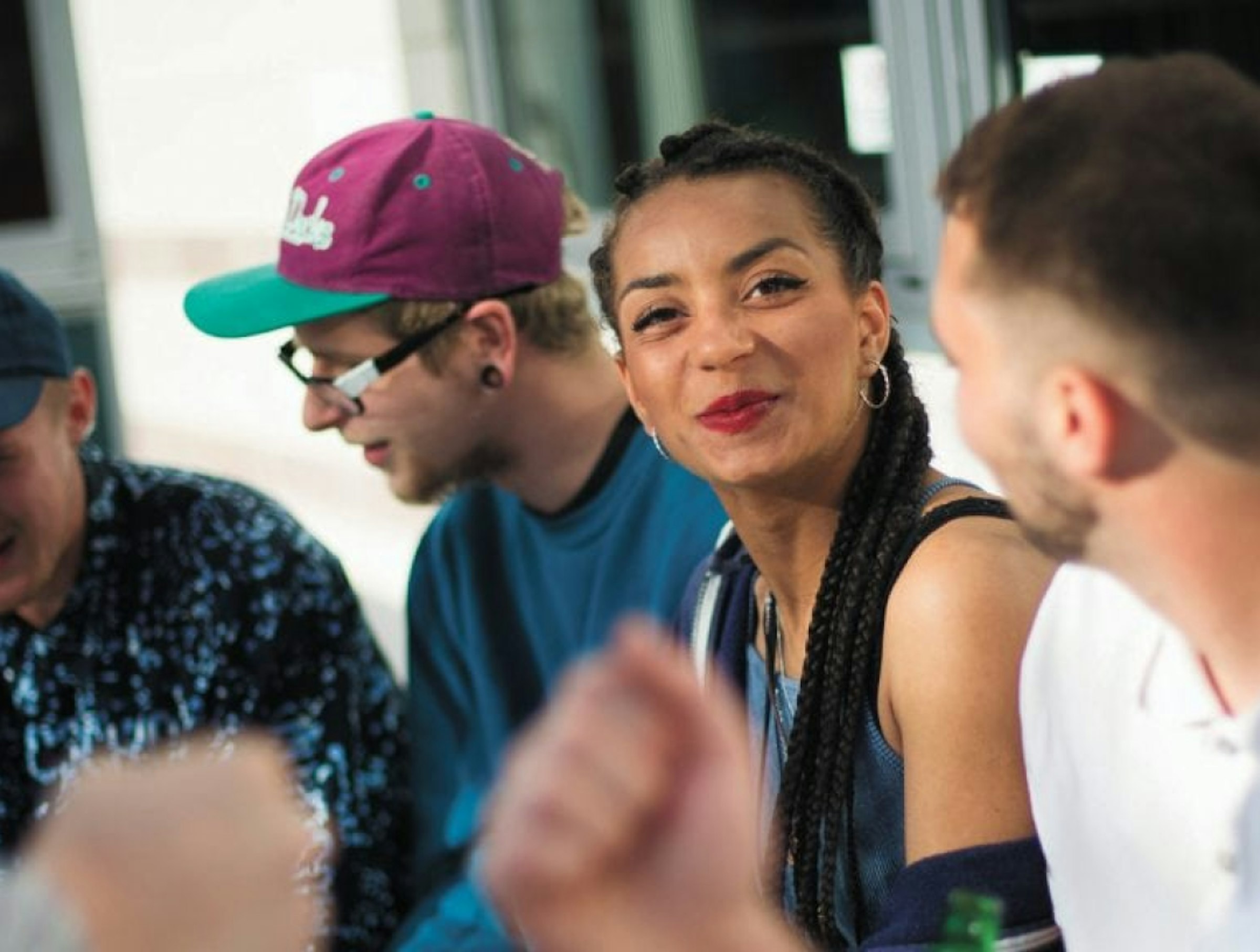
Chat to a student
Our student ambassadors are here to answer any questions you might have on university life, our courses and all things AUB.
Chat on Unibuddy